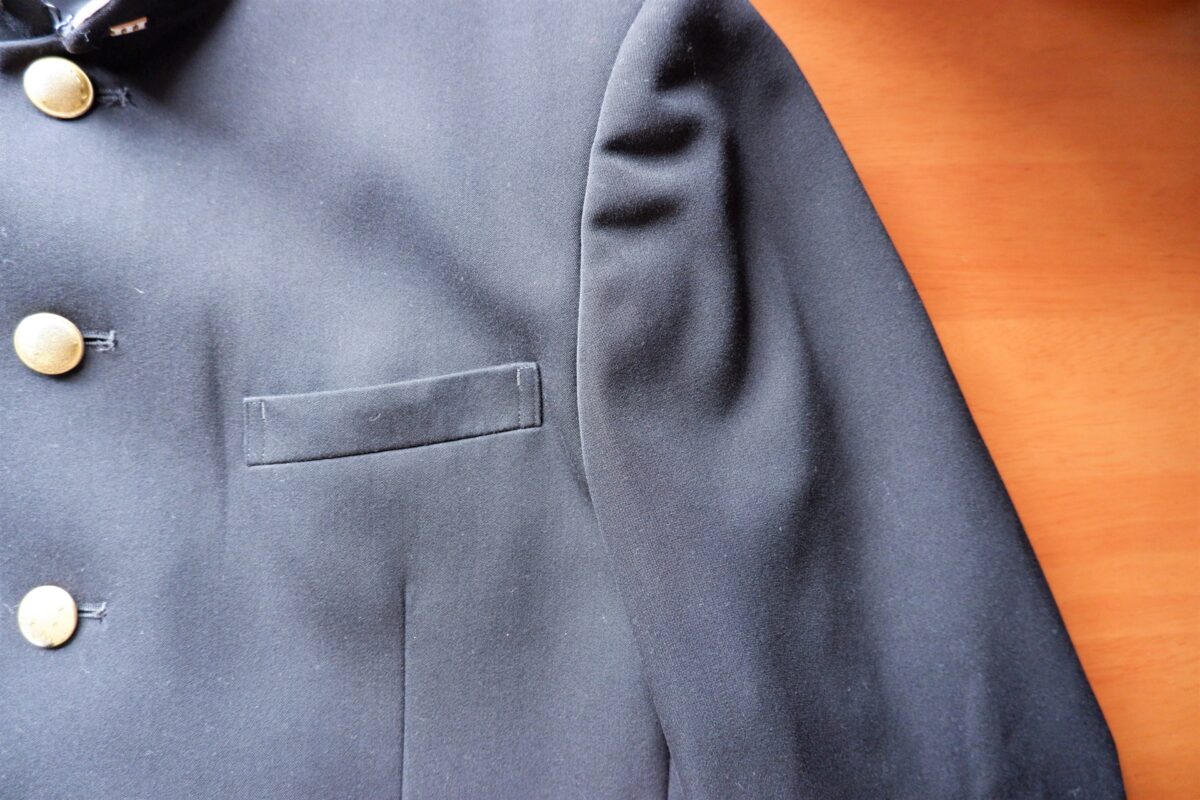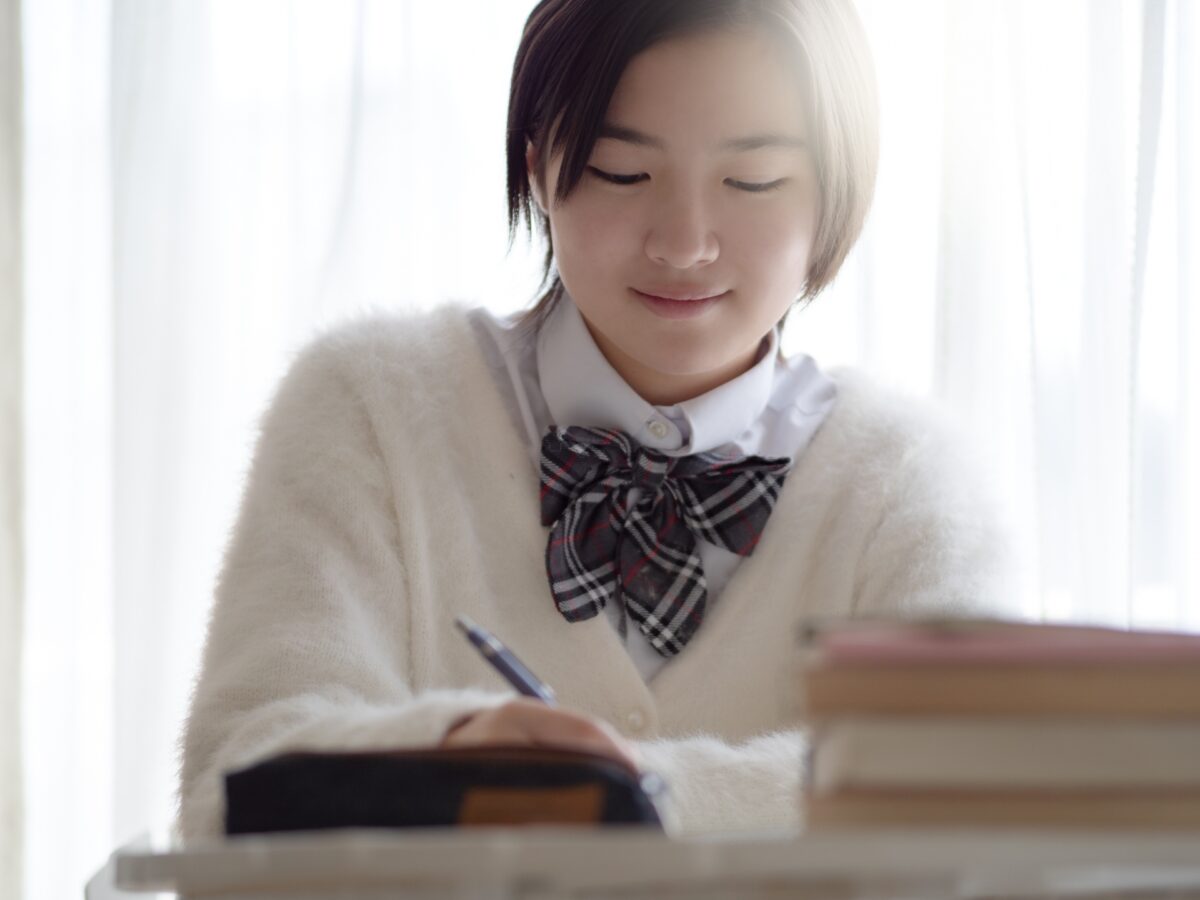Japan boasts a great education system that has unique features that you may not find in your country. At Japanese schools, students learn not only practical knowledge but also important lessons that will help them in difficult times throughout their lifetime.
What is the Japanese education system like and how is it different from other countries? Here, we will give you a brief outline of the Japanese education system from pre-school to high school!
1. Pre-school (0 – 5 years old)

Before elementary school, many parents send their children to pre-schools such as a kindergarten or a daycare in Japan. Infants and children between the age of 0 – 5 spend their early childhood in these preschools with other children. Kindergartens and daycares are generally open during the daytime, and children spend their time singing, dancing, drawing, playing outside, or talking to their classmates and teachers. These pre-schools are not compulsory, but provide a big help for parents who are too busy to be taking care of their small children while working.
2. Elementary School (6 – 12 years old)

In Japan, children start to attend elementary school at the age of 6. Elementary schools in Japan consist of six grades, so students spend six years until they finish the final year of elementary school at the age of 12.
The school year in Japan generally starts in early April and ends the next March. Many Japanese schools have adopted a three-term system, and each year is divided into three separate semesters. Each semester comes with long vacations, including Golden Week in early May, a summer break from July to August, and a winter break during the New Year’s holidays.
In general, Japanese elementary schools have 3 – 7 classrooms for each grade. It may vary depending on the number of students, and the number tends to get bigger in big cities such as Tokyo and Osaka however the average class size has around 30 – 40 students. In 2021, the Japanese government officially announced that they have decided to downsize the elementary school classes and cap them at a 35 students maximum per class by the year 2025.
While there are both public and private elementary schools in Japan, many children choose to go to public elementary schools in their neighborhoods. In most cases, public schools don’t provide school uniforms, so students need to prepare their outfits every day. On special occasions, including the entrance ceremony and graduation ceremony, they are required to wear formal clothes such as a suit for boys and a casual dress for girls.
Private elementary schools, on the other hand, have a different education system. School tuition is not free, and it is often required for all applicants to take an entrance exam and pass interviews to get into private schools.
International School is another option for parents who want their children to receive comprehensive English education in an international environment from an early age. At international schools, students learn not only mandatory subjects but also different cultures, traditions, values, and ways of thinking through interactions with other students from different backgrounds and nationalities.
3. Junior High School (13 – 15 years old)

After graduating from elementary school, Japanese students go to a three-year junior high school. In Japan, it is compulsory to finish both elementary school and junior high school. There is generally no entrance exam for junior high schools, and all students can go to public junior high schools in their neighborhood district without exception. If they want to go to private junior high schools, they can individually apply to private schools that they are interested in.
Many students walk or ride a bike to school, instead of taking a school bus. In big cities, public transport such as trains and subways are also widely used by students as a convenient way to reach school from their homes.
Unlike public elementary schools, public junior high schools have school uniforms. The color of a typical school uniform is black or navy blue, as vivid colors or flashy designs are often considered not suitable for students. The average class number and size are similar to elementary schools, and each class has a homeroom teacher who is responsible for the class.
When it comes to annual school events, a school trip is probably the biggest event that allows students to travel with their classmates to other cities or prefectures. Kyoto and Nara are popular school trip destinations where they can learn about Japanese history and culture by visiting historic temples and shrines.
4. High School (16 – 18 years old)

High schools in Japan provide a three-year education for students which starts when they are 16 years old and lasts until the age of 18. One of the biggest differences between junior high school and high school is whether taking an entrance exam is required or not. In Japan, students need to pass an entrance exam that is typically comprised of a written exam and an interview with teachers at the school that they are applying to. It can be very hard and competitive to get into popular high schools, so students need to study really hard and carefully in order to prepare for the exam.
Unlike private elementary schools and junior high schools, private high schools are quite common and often chosen as an alternative option to public high schools. Private high schools generally don’t have strict school rules and provide unique education which allows their students to develop their personalities in a relaxed atmosphere.
In most cases, Japanese high schools have school uniforms, and students wear them when going to school and while taking classes in their classrooms. While school uniforms for boys typically have similar design and color (generally black or navy blue), girls are provided with two different types of school outfits; sailor-style and blazer-style depending on the school they attend.
Many high schools in Japan offer a wide range of school club activities. In some schools, it is compulsory for all students to join a club activity after school. Popular sports club activities are baseball, soccer, basketball, and volleyball, while culture clubs include the school brass band, cooking club, and art club!
Students can choose their favorite club based on what they are interested in. School club activities are considered an important part of school life in Japan, and teachers expect their students to develop not only physical strength but also mental growth through working or practicing hard with their teammates.
Japan Wonder Travel Tours
Japan Wonder Travel is a travel agency that offers guided tours throughout Japan.
From private walking tours to delicious Food and Drink tours, we can help you organize the best tours just for you! If you want to explore Japan and learn more about the history and backstories of each area you are visiting, our knowledgeable and friendly English speaking guides will happily take you to the best spots!
In addition, we can provide you with any assistance you may need for your upcoming trip to Japan, so please feel free to contact us if yu have any questions or need some help!
▶Tokyo Tsukiji Fish Market Food and Drink Tour
Explore the most lively and popular fish market in Tokyo and try some of the local’s favorite street foods and sake with one of our friendly and knowledgeable English speaking guides!

▶Tokyo 1–Day Highlights Private Walking Tour (8 Hours)
There’s no better way to explore an area than taking a tour with a knowledgeable local guide. You will have the chance to learn about the history and interesting background stories of Tokyo, as well as discover some hidden gems which can be hard to do without a guide.

▶Mt. Fuji Day Trip Bus Tour from Tokyo
Experience the breathtaking views of Mt. Fuji by visiting the highlights of the area on our guided sightseeing bus tour! Departing from Shinjuku in central Tokyo, you can travel comfortably to all of the best spots in the area by bus.

Follow us on Instagram, Facebook, and Twitter for more travel inspiration. Or tag us to get featured!
Happy traveling!
Other articles you might be interested in

Miho Shimizu is a Japanese freelance writer settled in Shizuoka with her husband and two rabbits. Fascinated with traveling at the age of 18, she has spent most of her long holidays exploring incredible spots around Japan. Also love to listen to music, draw, and read novels over a cup of green tea.
This post may contain some affiliate links. When you click through and make a purchase we may receive some commission, at no extra cost to you.





